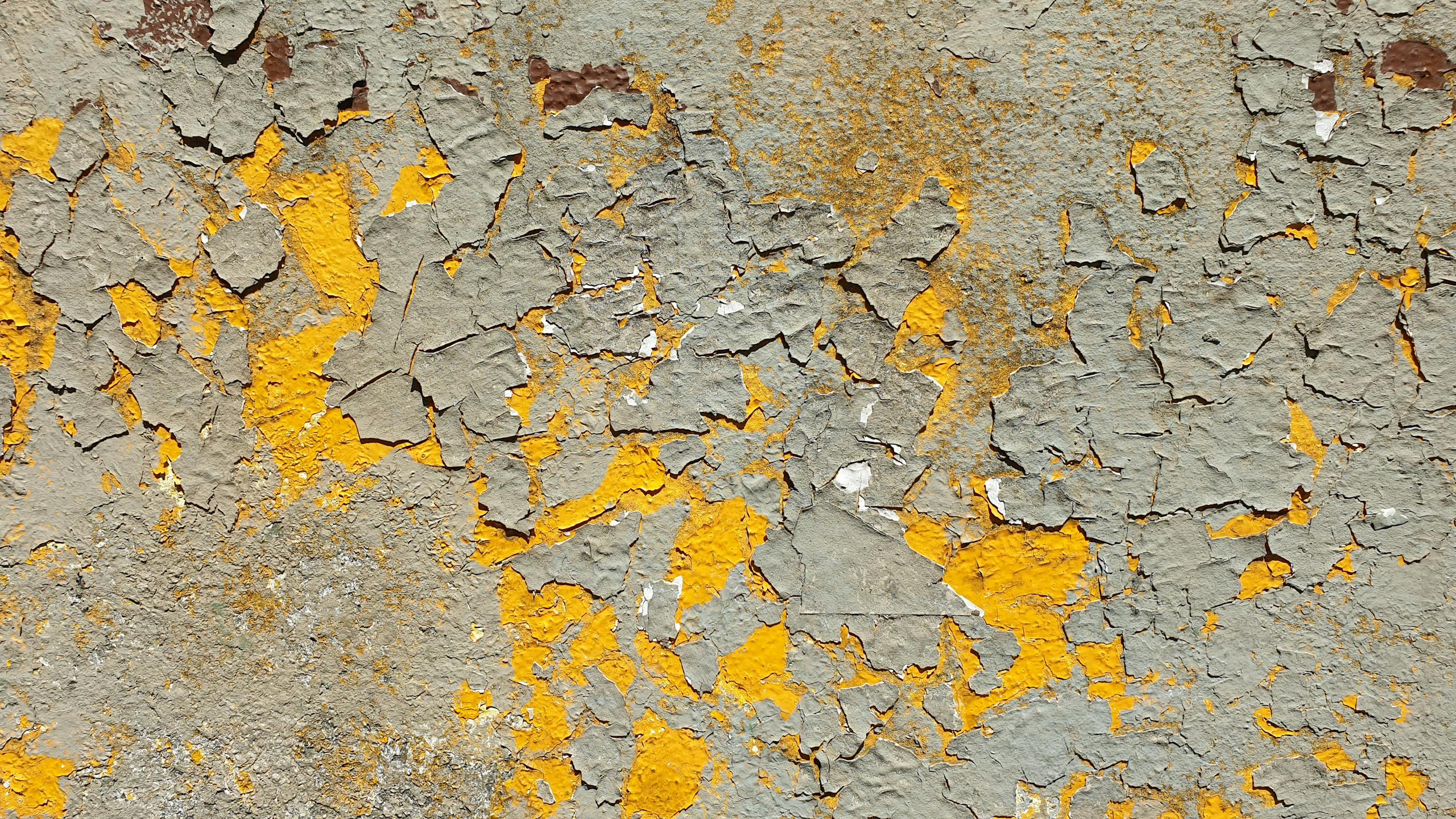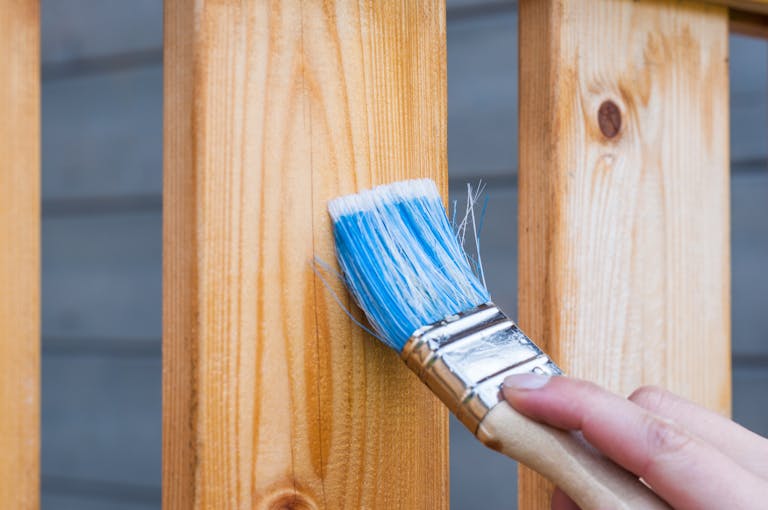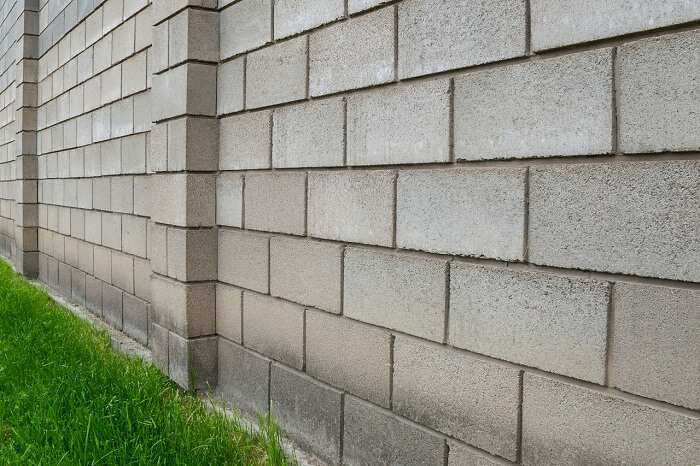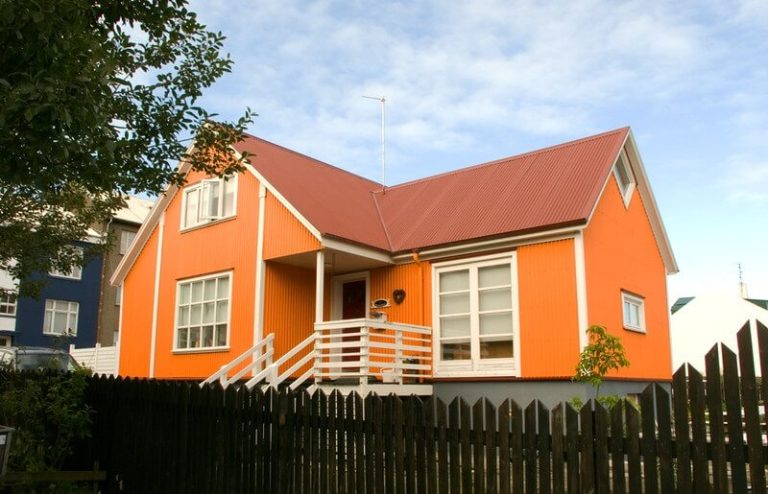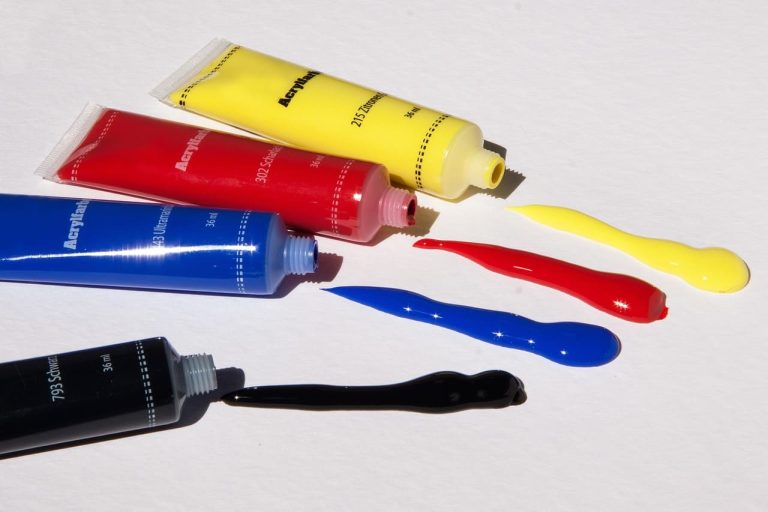Top 5 Best Primer for Peeling Paint Reviews
Walls and trims that are beginning to peel is a nightmare for any homeowner. Moisture and the wrong preparation of the surface prior to painting are the most common causes of peeling. More often, the use of an incorrect primer or not using a primer at all to prepare the surface is the main culprit of peeling paint.
The main function of a primer is to prepare the surface for painting. A primer and paint are two different things. Primers help seal the surface to protect it against moisture and to allow paint to properly stick on the surface. A good primer features great adhesion properties that can help paint remain firm on the surface and prevent peeling.
Top 5 Best Primer for Peeling Paint Reviews
Too many coats of paint will not ensure a perfectly finished wall or prevent the wall from peeling. The wall needs to be prepared with a primer prior to applying paint. But how do you choose the right primer for the job?
1. Rust-Oleum Corporation 260925 Triple Thick Primer – Editor’s Pick – The Best Product

The Rust-Oleum Corporation 260925 Triple Thick Primer (Zinsser Peel Stop Triple Thick High Build Binding Primer) is suitable for interior and exterior use. It is probably the best primer to coat over peeling paint. it is water-based and low in VOC.
This high performing primer creates a smooth white-finished surface that hides and locks down weathered and peeling surfaces. It is a high-build binding primer that prevents paint from peeling and can be applied over peeling paint. It bonds tightly to the old paint to form a stable surface ready for the new coat of paint.
Pros
- Low VOC
- Can be coated over peeling paint
- Great flexibility
- Seals damaged surfaces to create a smooth finish
- Can be used with latex or alkyd paint
- Quick-drying
- Suitable for interior and exterior use
Cons
- Can be watery and thin when applied
The Rust-Oleum Corporation 260925 Triple Thick Primer (Zinsser Peel Stop Triple Thick High Build Binding Primer) features super adhesion properties and gives amazing results.
2. Rust-Oleum Corporation 60004 Clear Binding Sealer – Runner Up/Alternative Pick – The Second-Best Product

The Rust-Oleum Corporation 60004 Clear Binding Sealer (Zinsser Peel Stop Clear Binding Sealer) comes with a water-based formula. It is low in VOC and works extremely well over peeling paint. It is suitable for interior and exterior use.
This Rust-Oleum Zinsser Peel Stop Clear Binding Sealer can fill tiny gaps and cracks beneath the edges of old paint and can very well penetrate chalky residues. It creates a stable surface ready for painting and makes the new paint job extremely durable because it prevents any peeling in the future.
Pros
- Water-based sealer
- Easy to apply
- Binds peeling, chalking, and cracking paint
- Seals gaps and cracks of old paint
Cons
- Difficult to roll on the ceiling
The Rust-Oleum Corporation 60004 Clear Binding Sealer (Zinsser Peel Stop Clear Binding Sealer) can extend the life of your problematic surfaces. It is great for DIY paint jobs.
3. Rust-Oleum 286258 Primer – Budget Pick – The Best Product with Limited Budget

The Rust-Oleum 286258 Primer (Zinsser Bulls Eye 1-2-3 Primer) is a thick water-based primer suitable for all interior and exterior surfaces including drywall, masonry, and metal. It comes in gray making it an ideal base for top coats of different colors. It is suitable for interior and exterior applications.
This primer sticks to the surface and provides an even application with just one layer of sanding or even without sanding. It adheres well with latex or oil-based topcoats. It can block stains and can be used on new or painted wood, masonry, drywall, concrete, metal, and even difficult and glossy surfaces.
Pros
- Low VOC
- Easy to apply
- Applies evenly on any surface
- Adheres well on any surface
- Can be used with oil or latex-based paints
Cons
- Heavy stains will need several layers
The Rust-Oleum 286258 Primer (Zinsser Bulls Eye 1-2-3 Primer) is one of the most quick-drying primers available. It settles to a matte finish in just about 30 minutes.
4. KILZ Premium Latex Primer/Sealer – Upgrade Pick – The Highest Quality Product with High Price

The KILZ Premium Sealer is suitable for interior and exterior applications. It comes with a somewhat sticky consistency and can block stubborn stains with only one coat, even on porous surfaces.
The KILZ Primer can hide impossible to remove marks on surfaces including stains, rust, crayon, graffiti, and even fire-damaged surfaces. It comes with a low VOC and it can also mask odors on surfaces.
This premium stain-blocking primer adheres well to latex and oil-based paints, as well as difficult surfaces.
Pros
- Can be used on various surfaces
- Can be used beneath any kind of paint
- Easily cleans up with water
- Great for covering dark-colored walls
Cons
- Saps, tannins, grease, and oil stains will require two layers
- Pricey
The KILZ Premium High-Hide Stain Blocking Latex Primer/Sealer is a good-quality option for interior and exterior applications. It adheres well on almost all surfaces including wood, drywall, plaster, masonry, brick, tile, baseboard, wood sliding, and other surfaces.
5. KILZ Adhesion Latex Primer/Sealer – Niche Pick – The Best Primer for tough-to-paint surfaces

The KILZ Adhesion Sealer is one of the most versatile primer/sealer in the market. It is strong, durable, and will adhere to almost all surfaces including existing layers of old-based paint on baseboards and trims.
KILZ Adhesion is a unique latex-based primer that securely bonds and adheres to tough-to paint surfaces – surfaces that most oil and water-based primers will not adhere. It also works well on tough-to-paint surfaces including PVC, Kynar, vinyl, Formica, tile, glass, glazed brick, metal, fiberglass, glossy finishes, and chalky paints.
KILZ Adhesion is a neutral base that sufficiently blocks oily surfaces and has enough grip for any type of topcoat. It works best on interior and exterior surfaces where it is critical to have a secure bond. It can be used beneath lacquers, epoxies, and other solvents.
Pros
- Quick-drying
- Can be used beneath water and oil-based paints
- Easily cleans up
- Reduces painting time
- Works well on slick surfaces
Cons
- Has an intense smell
The KILZ Adhesion Primer comes with a rather high piece tag, but if you want to cut down on surface preparation and painting time, this is the most ideal primer/sealer to use.
The Basics of Primers
A primer is a unique type of paint that is applied before painting any surface. Primers prepare the surface for a paint job. They can be used on drywall and concrete, wood, and metal. Primers can be applied on interior and exterior walls to ensure the surface has a slightly coarse or uniform texture to allow the paint to adhere effectively.
Primers also seal porous surfaces to cover previous paint and stains from being visible underneath the new paint job as well as level out the wall after some repairs.
- Interior primers. They increase the adhesion of paint to the surface and creates a uniform surface.
- Exterior primers. They reduce mildew growth and cracking of surfaces. They also provide protection against efflorescence and alkalinity to masonry surfaces.
It is possible to directly apply paint over a painted surface without priming but priming is a must in these situations:
- Shifting to a different type of paint when working on an already-painted surface (e.g., latex-based paint to oil-based paint or vice versa) or when radically changing colors.
- Existing wall paint is crumbling or cracking and when the surface is damaged and you need to make some repairs.
Priming will make the paint job durable and long-lasting.
There are three types of primers. Each type comes with its own strengths and weaknesses. Each type also works best on certain circumstances and surfaces.
- Latex-based Primers
Latex-based primers are water-based primers. They are quick-drying, flexible, and less brittle than the other types of primers making them less prone to cracking and peeling. They work well for priming concrete, galvanized metal, and soft wood. They also work well for preparing unfinished drywall. They are not as effective at hiding stains, though.
Latex primers are easy to clean because they are water-soluble. They also contain no or low volatile organic compounds VCOs, thus, they are safe and healthy to use.
- Oil-based Primers
Oil-based primers are the most commonly used primers. They are suitable for latex and oil paints. They work well on painted or unpainted wood, metals, steel, and even surfaces with existing paint. They are also suitable for interior and exterior walls.
Most oil-based primers are effective “stain killers.” They hide stains when a new coat of paint in applied on the surface. They also work well in blocking stains on the wall from water, nicotine, and ink. This primer also slows down or prevents the blistering, cracking, and peeling of paint.
Oil-based primers, however, are slow-drying and contain high amounts of VOC, thus prolonged exposure can be harmful when in high concentrations. Brushes used with oil-based primers need to be with solvents and harsh thinners.
- Shellac Primer
Shellac primer has been popularly used to seal off wood and other surfaces. It is considered the best primer to block stains and work on walls and surfaces that have been severely damaged by water and smoke (smell included). It can also prevent wood tannins from bleeding through your new paint job.
Shellac is known to do an excellent job on wood, plastic, plaster, and metal. They are highly adhesive and quick-drying and can be used with latex and oil-based paints.
Shellac primers, however, are not as versatile as oil or latex. They also release some fumes. They should be thinned with denatured alcohol. Applicators should likewise be cleaned with denatured alcohol.
How to Choose the Best Primer for Peeling Paint
A good primer ideal for interior and exterior use comes with these qualities:
- Quick-Drying
The best primer for peeling paint should always be quick-drying. It should take only about 10 to 20 minutes, or at the most 30 minutes. It can be a waste of time to work with primers that take long to dry.
- Coverage
The coverage range of interior primers should at the most be 150 square feet. For exterior primers, it should be less.
- Toxicity
Primers containing toxic chemicals are dangerous to use. They can cause, lung, eye, and skin irritation.
- Odor
It is best to go for odor-free primers. However, most primers in the market today do not come with zero odor. Some primers will make surfaces emit a certain odor for a few weeks after application. Most top-quality primers, though, come with less smell.
- Weather-resistance
This is critical when choosing exterior primers. A weather-resistant exterior primer also blocks UV rays and also protects the wall or surface from moisture to reduce or prevent peeling paint. weather-resistant primers allow paint to be durable and long-lasting.
FAQs
Will primer stop peeling paint?
A good primer creates a smooth surface ready for a new coat of paint. It can also prevent future peeling and cracking of paint.
Can I just paint over peeling paint?
You can actually apply a fresh coat of paint over peeling paint. This method will, however, leave rough edges. The best thing to do is to remove peeling paint, prime the surface, and paint over it.
How do you stabilize peeling paint?
To stabilize peeling paint, remove as much of the peeling paint using a good scraper. Prime the area with peeling paint. Apply a good-quality filler, sand the area, and apply primer on the fresh filler.
Why is my paint peeling off as I paint?
There are many reasons your paint is peeling off as you paint. poor surface preparation, especially painting over an uneven surface will quickly make paint peel off. Applying paint that is not suitable for the surface will also immediately peel off the paint. It is, therefore, important to prime the surface before painting and to choose the right type of paint for the surface and wall.
What can I put over acrylic paint to protect?
Apply varnish that is designed to be painted over acrylic paint. Varnish will give paint a glossy finish and protect it as well from dust and other elements.
Final Thoughts
Choosing a primer should be given much thought. The primer is as important as the paint itself. Some even consider choosing the right and the best primer/sealer more important than choosing the best paint for your surfaces.
The Rust-Oleum Corporation 260925 Triple Thick Primer is the best primer for peeling paint. it is a high-performing primer that creates a smooth and even surface while hiding peeling surfaces. After application, it prevents the paint from future peeling. It works well even when applied over peeling paint. It comes with superior adhering properties, too.

